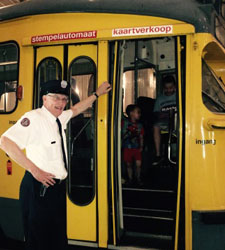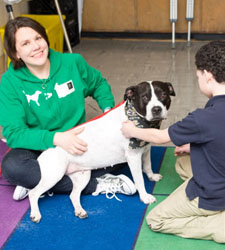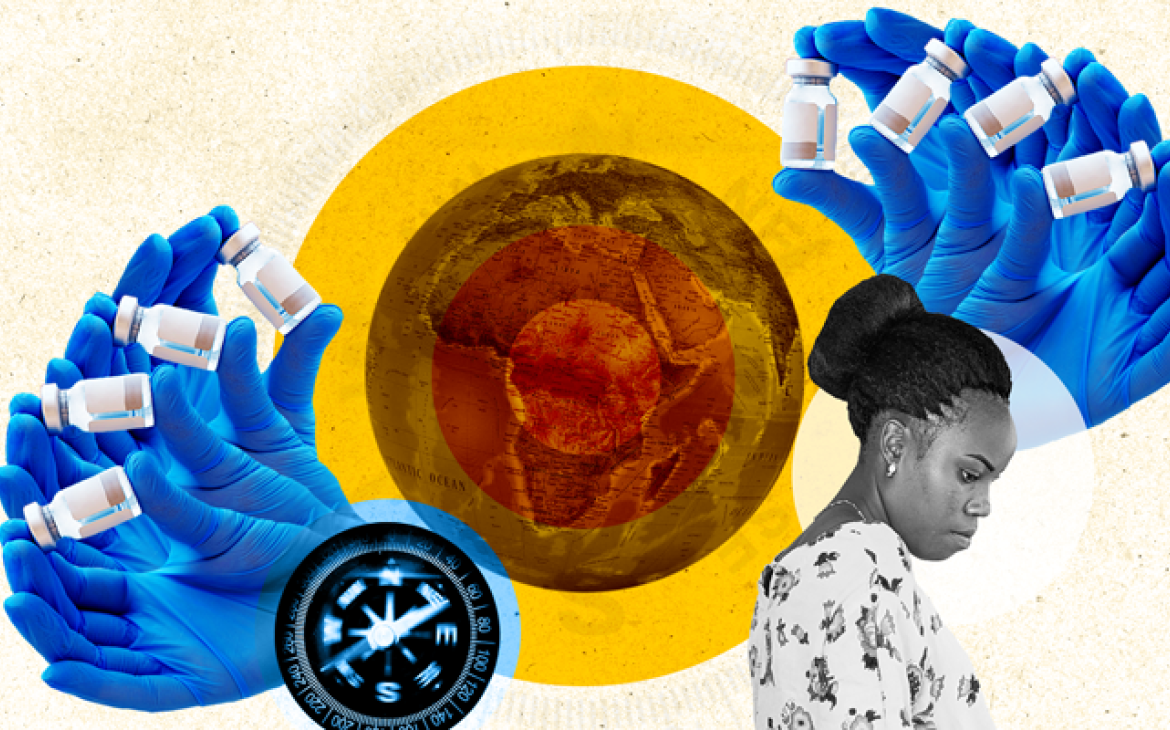
Living the Spirit of Voluntarism
Central to USP’s achievements are the contributions of countless volunteers. “We are here today because of the efforts of thousands of people,” wrote Jerome Halperin, former USP Executive Director, in the preface to “The Spirit of Voluntarism.” He described USP volunteer experts as “an exceptional blend of the best and brightest physicians, pharmacists, scientists, policy setters and others who individually and collectively ascribed to a notion that this institution has a direct and profound role in promoting the public health.”
Knowing first-hand the impact and value of volunteers, it is no surprise that USP staff extend this same “spirt of voluntarism” beyond USP’s walls to the larger community. In recognition of National Volunteer Week, we asked staff to share the many different ways they “pay it forward.”
Hermes van der Lee, Global Laboratory Operations
Volunteer Trolley Docent

I volunteer as a docent at the National Capital Trolley Museum (dctrolley.org), located on Bonifant Road in Colesville, six miles away from USP’s Rockville facility. The Trolley Museum opened to the public in 1969; its mission includes preserving and interpreting the history of Washington’s electric street railways. The collections include 17 streetcars from Washington and other cities, including several international streetcars. In my role as volunteer I operate some of these on a mile-long demonstration railway, and tell the public about streetcars and their history and the impact on day-to-day life throughout the years. I find volunteering very rewarding because it enables me to interact with and educate (and sometimes learn from) visitors of all ages, from kids who like trains to seniors who still remember the days when they rode (or even operated) the old streetcars in Washington DC or elsewhere.
Emily Meyer, Board Relations & Governance
Pet Therapy Volunteer

I started fostering pit bulls with Jasmine’s House http://jasmineshouse.org/ in 2012 after my first dog, Hannah, died. I wasn’t ready to have another dog, but by volunteering I could provide an opportunity for deserving dogs to find a home. Over the years seven different dogs went through my house—some stayed for months, some only for a few days. Some were simply dogs that weren’t doing well in a shelter. Some were terrible abuse cases. Each touched me in some way, but I was always happy to see them move on, knowing that they’d gone to a loving family.
Then, in 2015, I agreed to foster Sadie, a medical neglect case. I saw her through vet appointments, surgery and a very long recovery. There was something special about Sadie. Over time, I started thinking of her less as a foster and more as “my dog.” Four months later we formalized it.
Now healthy and happy, I thought Sadie had the potential to become a therapy dog. I trained her and six months after adoption, we passed the certification test and are a part of the therapy organization “Wags for Hope” in Frederick. http://www.wagsforhope.org/
Sadie and I also volunteer with Project Mickey - http://projectmickey.org/ in Baltimore. They use therapy pets to teach kids in inner city schools how to interact with animals and express emotions in a supportive environment. Baltimore has some of the highest incidence of animal abuse in the state, and this program is working to break it before it starts. Kids that have never seen dogs that aren’t either fight dogs or police dogs are learning to trust and interact with animals and also express emotions safely.
I can honestly say that no matter how bad a day I’ve had, if Sadie and I finish it with a visit to a nursing home, or an hour in the library with kids, I come home smiling. When Sadie and I visit a school and together we help kids smile and laugh, it’s made my week. I feel I’ve accomplished something. Sure, it takes a few hours each week for visits and a few minutes every day to reinforce training, but volunteering with Sadie has given me a lifetime of memories and touched countless other people in return.
Pati Gaitán, Global Public Health
Volunteer Music Promoter

A few years ago, I found myself with a bit of personal time to spend on something that was not tied to a paycheck. I remember an afternoon in April 2009 sipping coffee in Bryant Park 5th and 40th in Manhattan, planning a summer in the city with a friend and looking for the best way to give back in some form to the community around me. Volunteering has been a way of life for me since elementary school, so it has been natural for me to look for opportunities when time and resources are available. A leaflet was posted at the park’s coffee kiosk, a call for volunteers for the Vision Festival (an improvisational jazz festival that takes place in NY every year in June). Little did I know that answering this call for volunteers would turn into the most amazing side job for me. Several years later, with a roster of 7 performing jazz artists, a spot at The Association of Performing Arts Presenters (APAP), one world tour production of “Aire, a visual concert” and electronic press releases for some amazing musical productions, I find myself in awe of how significant and impactful giving a few moments of your time can enrich and give you purpose and not only that, but touch the lives of others in a way one cannot imagine.
Thank you to Employee Volunteers
USP staff are also “an exceptional blend of the best and the brightest,” with diverse skills, talents and passions. And many have found unique ways to share their interests and talents in a ways that benefits specific communities and society at large. Thank you for your service.
How do you give back to your community? Tell us in the comment section below.


